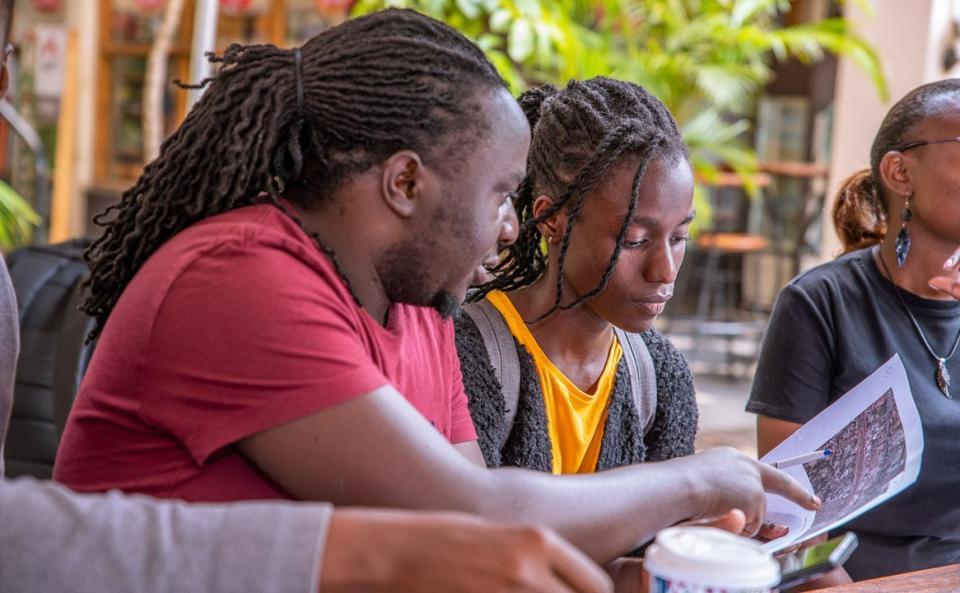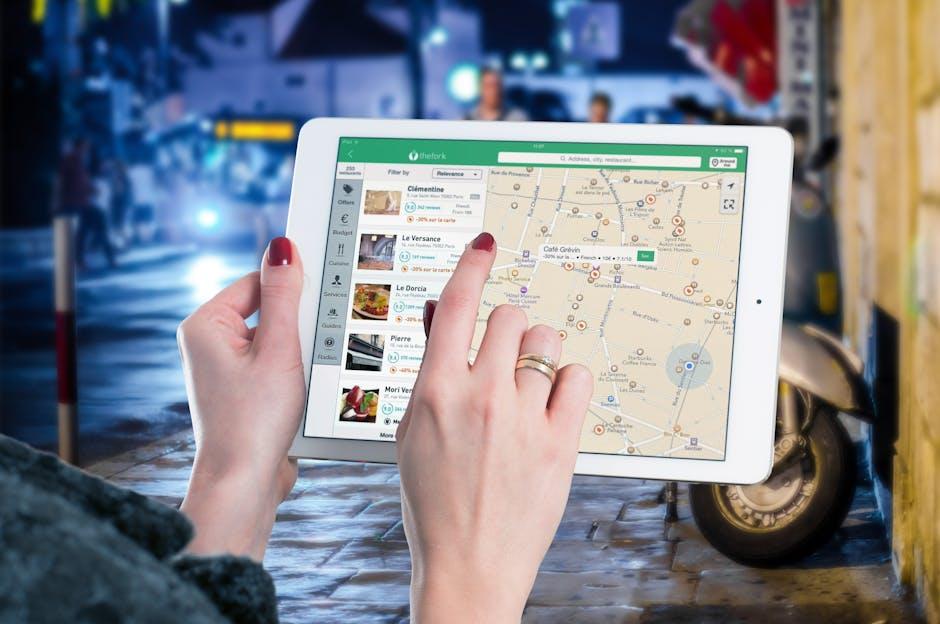In the realm of filmmaking, authenticity serves as a cornerstone for immersive storytelling, with location scouting playing a pivotal role in crafting believable and engaging film settings. This intricate process, often underestimated, involves a meticulous search for environments that not only complement the narrative but also enhance the visual and emotional resonance of a film. By aligning a director’s vision with real-world locales, location scouts bridge the gap between imagination and reality, ensuring that each scene unfolds within a setting that feels both genuine and evocative. This article delves into the critical function of location scouting, exploring how it shapes the cinematic landscape and contributes to the authenticity that audiences crave. Through an analytical lens, we examine the strategies, challenges, and impact of this essential facet of film production.
Evaluating Geographical Influence on Narrative Authenticity
The process of selecting filming locations plays a pivotal role in shaping the narrative authenticity of a film. A well-chosen setting can infuse a story with a sense of place that resonates with audiences, grounding the narrative in reality. Location scouting is not just about finding picturesque landscapes; it involves a deep understanding of the cultural, historical, and geographical nuances of the area. This ensures that the film’s setting aligns seamlessly with the story’s themes and character arcs.
Considerations for geographical influence include:
- Historical Context: Does the location reflect the period in which the story is set?
- Cultural Significance: Are there local customs or traditions that enhance the narrative?
- Geographical Features: How do natural landscapes influence the mood and tone of the film?
- Architectural Style: Do the buildings and infrastructure align with the story’s setting?
By meticulously analyzing these factors, filmmakers can create a setting that not only supports but elevates the narrative, making it both believable and immersive for the audience.

Strategies for Effective Collaboration with Local Experts
Engaging with local experts can transform a film’s setting from a mere backdrop to a vibrant, authentic environment. These experts possess invaluable insights into the nuances of a location, from cultural subtleties to logistical considerations. To maximize the benefits of their expertise, filmmakers should adopt collaborative strategies that prioritize respect and open communication.
- Establish Clear Objectives: Begin by defining the specific elements you wish to capture, such as historical accuracy or cultural representation. This clarity helps local experts tailor their guidance effectively.
- Foster Open Dialogue: Encourage a two-way exchange where local experts feel empowered to share insights and suggestions. This collaborative atmosphere often uncovers unique, location-specific opportunities.
- Integrate Local Practices: Respect and incorporate local customs and practices. This not only enhances authenticity but also builds trust and rapport with the community.
By leveraging these strategies, filmmakers can unlock the full potential of a location, ensuring that each setting contributes meaningfully to the story being told.

Balancing Artistic Vision with Practical Constraints
In the realm of filmmaking, location scouting is a pivotal task that demands a delicate balance between an artist’s vision and the practicalities of production. Filmmakers often dream of expansive vistas and intricate urban landscapes, yet they must also consider budget constraints, logistical challenges, and time limitations. The art lies in finding settings that not only resonate with the story but are also feasible to execute. This balancing act requires a keen eye for detail and a strategic mindset, enabling directors to transform their creative concepts into tangible, immersive environments.
Key considerations in this process include:
- Budget: Can the location be secured within financial limits?
- Accessibility: Is the site easily reachable for crew and equipment?
- Permits and Regulations: What legalities must be navigated?
- Weather Conditions: How might the climate impact shooting schedules?
- Authenticity: Does the location genuinely reflect the narrative’s essence?
By addressing these factors, filmmakers can craft settings that are not only visually stunning but also operationally viable, ensuring that the narrative’s authenticity shines through without compromise.
 Location Scouting“>
Location Scouting“>
Leveraging Technology for Precision in Location Scouting
In the digital age, the integration of technology into location scouting has transformed how filmmakers achieve authenticity. Utilizing advanced tools like geographic information systems (GIS) and 3D mapping, scouts can now visualize potential sites with unparalleled precision. These technologies allow for the examination of topography, lighting conditions, and environmental factors without stepping foot on location. This not only saves time but also ensures that the chosen settings align perfectly with the director’s vision.
Moreover, the use of drones and high-resolution satellite imagery provides a bird’s-eye view of locations, offering insights into accessibility and logistical considerations. Virtual reality (VR) and augmented reality (AR) further enhance this process by enabling virtual walkthroughs, allowing directors and designers to explore spaces interactively. With these innovations, the film industry can create more authentic and immersive environments, ensuring that every detail—from landscape to architecture—resonates with the story’s essence.

